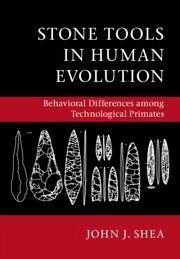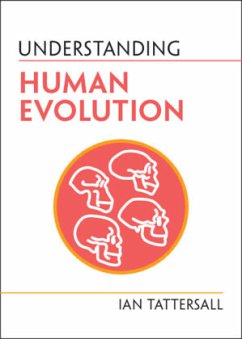
Stone Tools in Human Evolution
Versandkostenfrei!
Versandfertig in über 4 Wochen
118,99 €
inkl. MwSt.
Weitere Ausgaben:

PAYBACK Punkte
59 °P sammeln!
An exploration of how the evolution of behavioral differences between humans and other primates affected the archaeological stone tool evidence.







![Sapiens [Tenth Anniversary Edition] Cover Sapiens [Tenth Anniversary Edition]](https://bilder.buecher.de/produkte/71/71636/71636925n.jpg)






